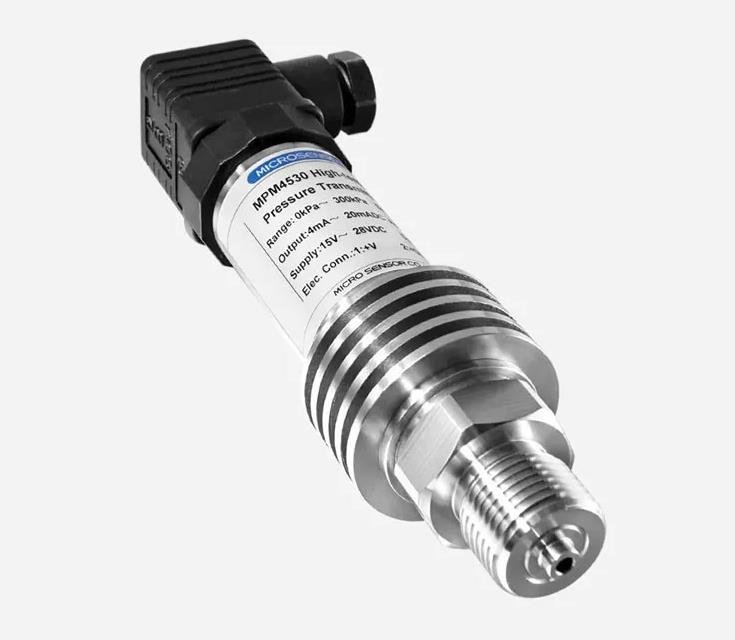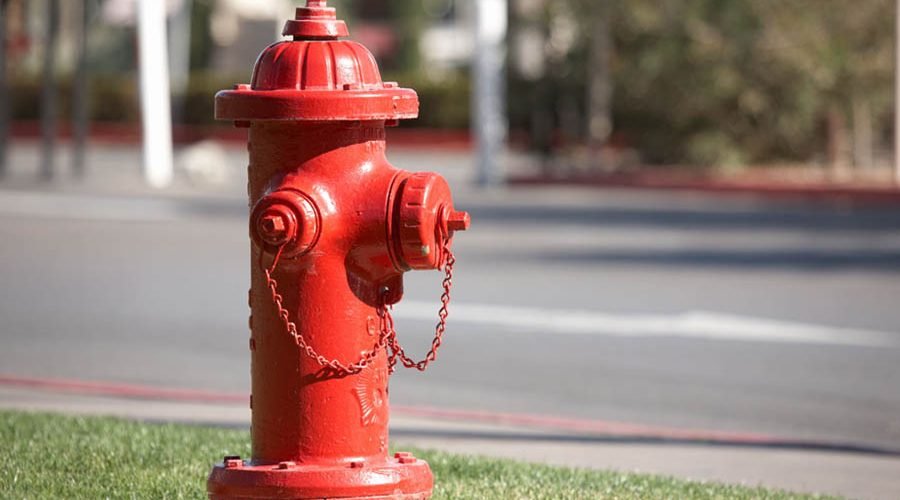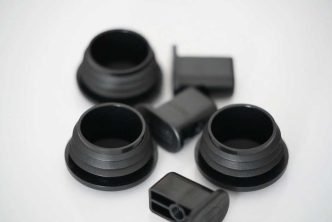The terms pressure sensor and pressure transducer are often used interchangeably, but there is a subtle difference between the two. while a pressure transducer is a specific type of pressure sensor, not all pressure sensors are transducers. In short, the terms are not interchangeable. Find out more below.
Table of Contents
What’s a pressure sensor?
A pressure sensor is a device that measures the pressure of a liquid or gas or and converts it into a physical or electrical signal that can be processed and analyzed by a computer or other electronic device. The signal is proportional to the amount of pressure being applied.
There are different types of pressure sensors, including mechanical, piezoelectric, capacitive, and resonant sensors depending on the type of signal converter in the equipment. They are commonly used in a variety of industrial, automotive, and consumer applications to measure and control fluid or gas pressure.
What is a Pressure Transducer
A pressure transducer is a specific type of pressure sensor that converts pressure into a continuous voltage output. A pressure transducer typically contains a sensing element that converts the pressure into electrical energy, which is then amplified and conditioned by electronics within the transducer.
The electrical signal (voltage) output by the transducer can be used to provide a measurement of the pressure being sensed. It fluctuates as the physical pressure being measured changes.
Pressure Transmitter
There is another specific type of pressure sensor, known as a pressure transmitter. Unlike a pressure transducer, a pressure transmitter transforms pressure into current output, usually quantified in milliamps. Pressure transmitters have a standard output of 4–20 milliamps. Pressure transmitters are frequently used in industrial settings, especially where the output signal must be delivered over long wire lines or when a “live zero” is needed.
“Live zero” simply means a situation where the entire system or pressure sensor indicates zero pressure. 1-5V and 4-20mA are two common “live zeros” that generate a quantifiable output even when pressure is zero.
On the other hand, non-live zero sensors such as 0-20 mA or 0-5 volts do not produce a reading when the pressure is zero, making it difficult to determine if the pressure is actually zero or if the sensor is faulty.

Differences between pressure sensors and transducers?
A pressure sensor is general term for any device that measures pressure, including devices that do not provide an electrical output. On the other hand, a pressure transducer is a specific type of pressure sensor that converts pressure into a continuous voltage output.
Transducers often comprise more than one component. Indeed, they usually feature an input device (sensor) a signal processing device, and an output device. There are various types of transducers, including a strain gauge pressure transducer, a capacitance pressure transducer, a piezoresistive pressure transducer, a potentiometric pressure transducer, or a resonant wire pressure transducer.
Pressure transducers are capable of detecting a wide range of pressures, from just a few inches of water column to thousands of psi. They are commonly used to measure pressure, monitor hydraulic pressure in equipment, and determine the pressure of gases in piping. They can also be utilized in HVAC systems as differential pressure sensors to track fluid levels.
Additional applications include altitude reading for satellites and aircraft, as well as monitoring gas and liquid levels in medical equipment.
Wrap-Up
The primary distinction between a pressure sensor and a pressure transducer is that sensors detect physical changes in the flow of a substance and generate a proportional physical or electrical signal. In contrast, transducers are specific types of pressure sensors that convert pressure into voltage output.
Microsensor Corporation is a market leader in pressure sensors and pressure transducers. Our pressure sensors are designed to provide precise and dependable measurements in various environments.
Our pressure sensors are available in diameters ranging from 0.07 bar to 1000 bar (vacuum) and materials including titanium, tantalum, stainless steel 316L, Hastelloy C, and others. They are made to last and can withstand extreme temperatures, pressure, and humidity. As a result, they are applicable in various industries, including commercial, scientific, and medical applications.
Please contact us if you need assistance selecting pressure sensors. Our engineering team can assist you in selecting the appropriate pressure sensors. They have extensive experience in this industry and can provide you with the most reliable and effective pressure monitoring solutions.





